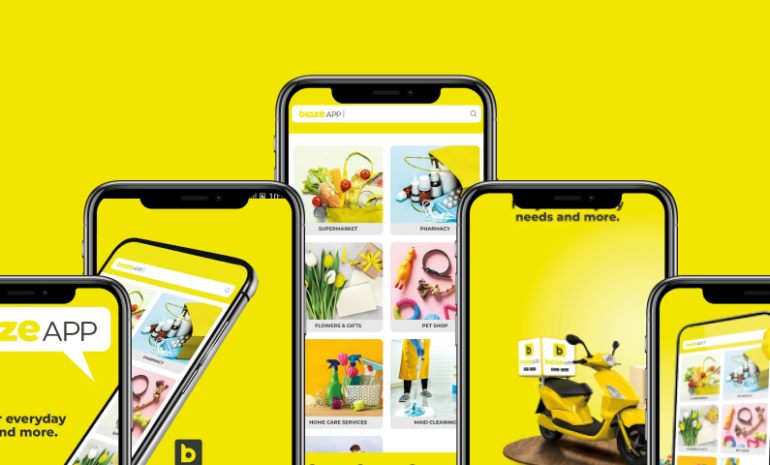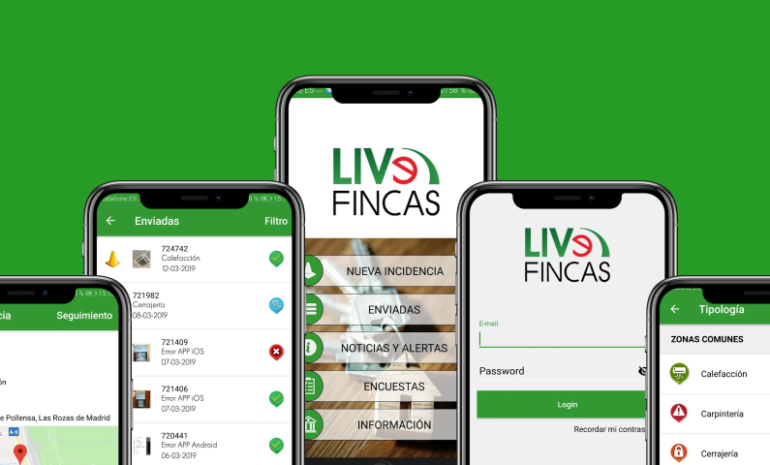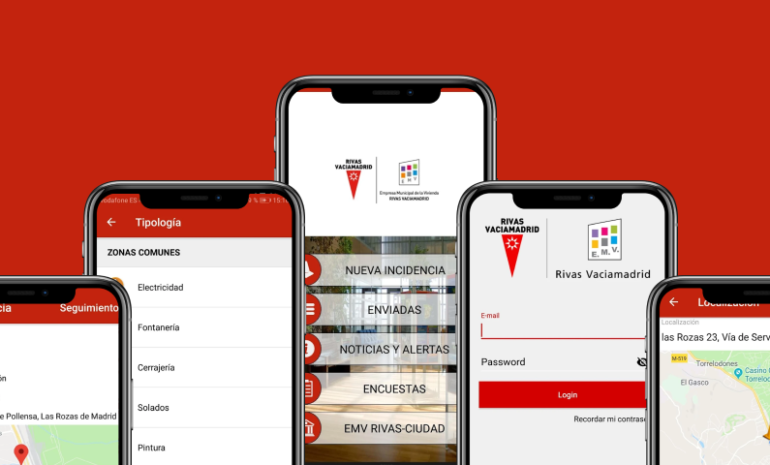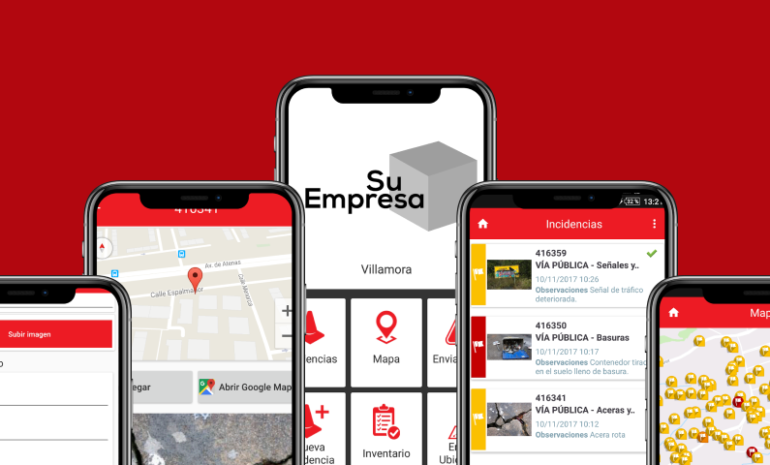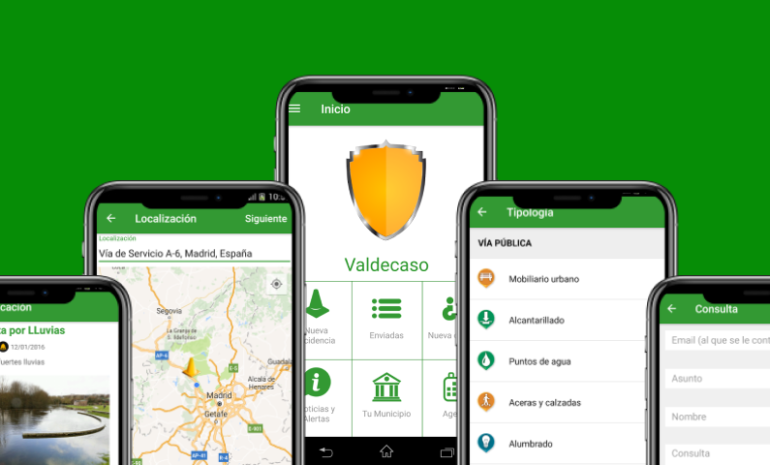

Project Summary
The Music Player (Community) mobile application is a design project focused on creating an intuitive and visually appealing interface for a community-driven music player.
The app is designed to not only provide users with a seamless music experience but also to foster a sense of community where users can share, discover, and discuss music.
The graphic design elements are tailored to enhance user interaction, making the app both functional and aesthetically pleasing.


